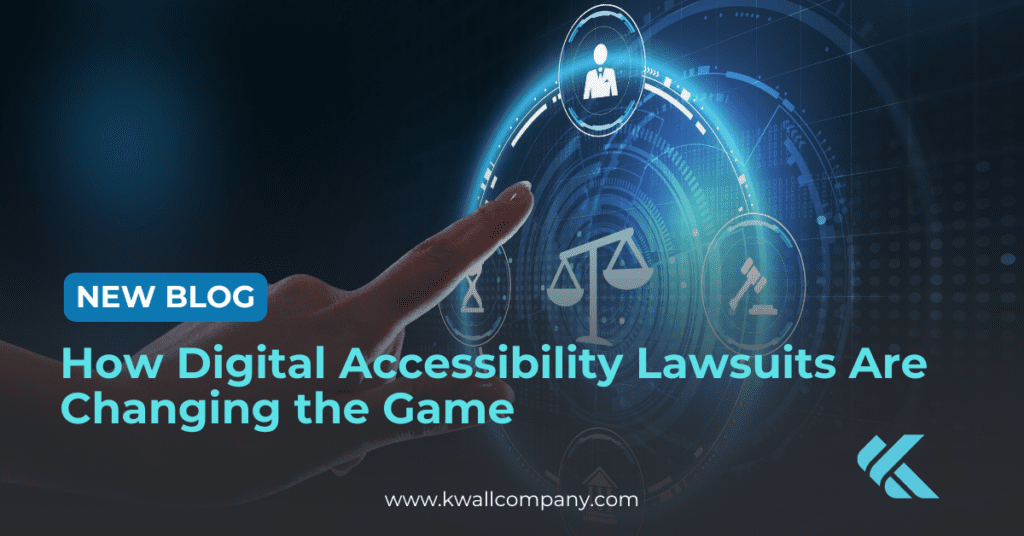
The landscape of digital accessibility is rapidly evolving—and organizations that aren’t paying attention could soon find themselves facing serious legal risks. Over the past few years, digital accessibility lawsuits have been on the rise, particularly in New York and Florida. If you’re not taking proactive steps to make your website accessible, you could be leaving your organization vulnerable. This shift underscores how digital accessibility lawsuits are changing the game for businesses, schools, and government organizations alike.
Here’s what you need to know—and what you can do to protect yourself.
The Surge in Accessibility Lawsuits
New York currently leads the nation in digital accessibility lawsuits, with Florida close behind. Plaintiffs are targeting businesses, educational institutions, government entities, and nonprofits, claiming that their websites or digital platforms are inaccessible to people with disabilities.
While some states are beginning to push back against frivolous, abusive lawsuits, others are imposing strict deadlines for compliance. This means the legal landscape can vary widely depending on where you operate, making it even more important to stay informed and vigilant.
Regulatory Shifts: What’s New?
In April 2024, the Biden Department of Justice (DOJ) issued final regulations under Title II, requiring state and local government websites to comply with the Web Content Accessibility Guidelines (WCAG) 2.1 AA standards. Originally, compliance was expected by April 2026.
However, due to shifts in the current administration, the strict federal enforcement approach has been pulled back, creating more uncertainty. Nevertheless, individual states may still enforce their own requirements—and some already are. This patchwork of rules makes it critical to treat digital accessibility as a core operational priority rather than a reactive legal issue.
Building Your Defense: How to Protect Your Organization
The best defense against lawsuits and regulatory penalties is a proactive, sustainable approach to accessibility. Here’s how to get started:
- Monitoring: Regularly audit your digital properties to catch issues early.
- Eliminating Critical Barriers: Address high-risk areas that block access for users with disabilities.
- Manual Technical Reviews: Go beyond automated scans; manual reviews ensure deeper, more accurate testing.
- Assistive Technology (AT) User Flow Testing: Test your digital platforms using screen readers, keyboard-only navigation, and other assistive technologies.
- Close Conformance with WCAG: Strive for high levels of WCAG 2.1 AA conformance, even if it’s not federally mandated yet.
- Written Accessibility Plan: Document your commitment to ongoing accessibility with a plan you actively follow.
- Accessibility Maturity Roadmap: Develop a phased plan to improve accessibility practices over time.
- Policies and Procedures Integration: Embed accessibility requirements into your broader organizational policies and workflows.
Taking these steps not only reduces legal risks—it also demonstrates a commitment to inclusivity, improving experiences for all users.
Ready to Take the Next Step?
Don’t wait until a lawsuit forces your hand. Let’s work together to assess your current accessibility, reduce your risk, and build a digital presence that’s inclusive by design. Reach out today and start your journey toward compliance and greater user equity.


